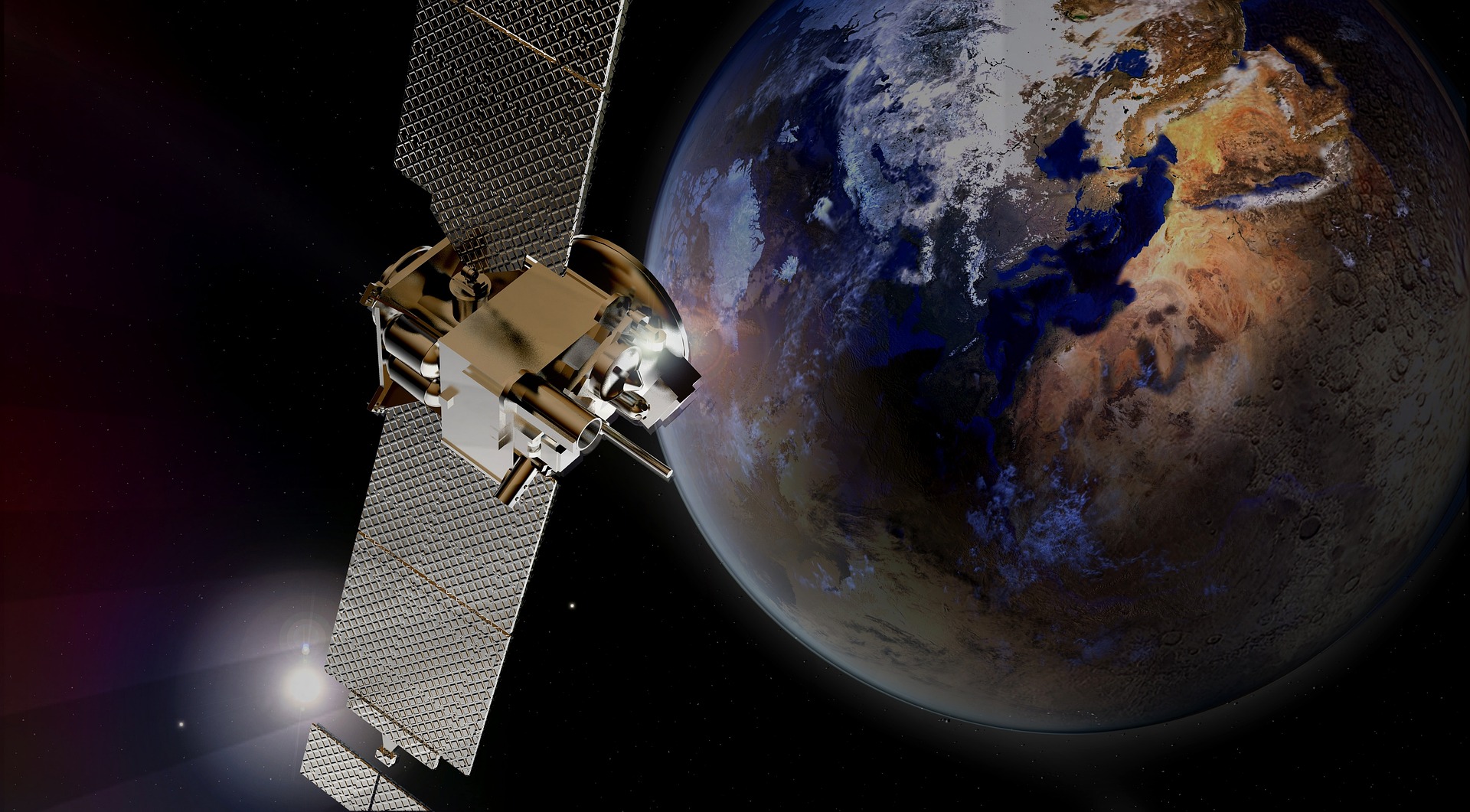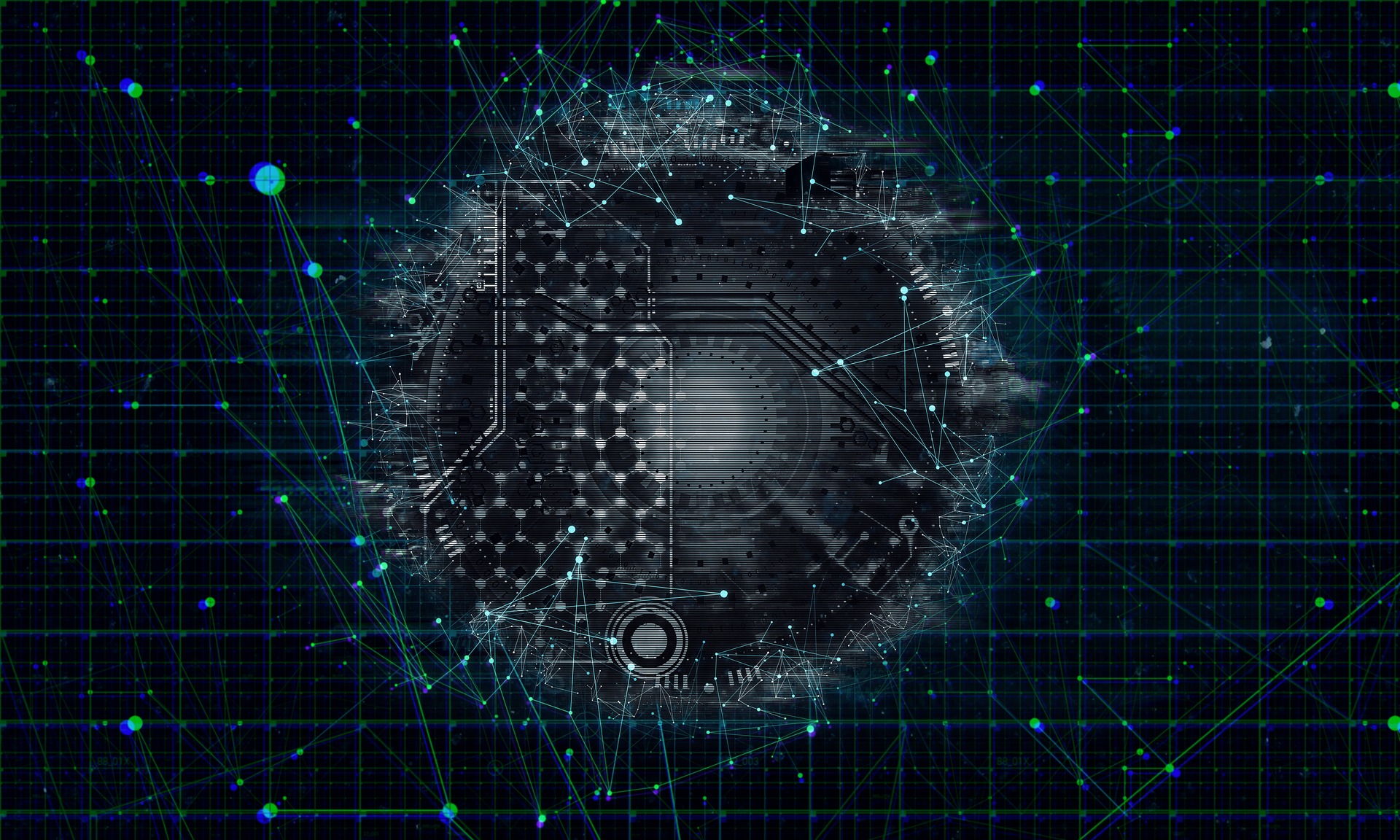Unveiling the Potential of Teleportation in Data Transfer: A New Era in Telecommunications
In the vast and rapidly evolving world of telecommunications, there is a concept stirring interest and excitement among industry experts and enthusiasts - teleportation in data transfer. It might sound like a concept straight out of a science fiction novel, but it's an emerging technology that could revolutionize the way we share and receive data.
Understanding Teleportation in Data Transfer
Teleportation in data transfer, often referred to as quantum teleportation, is an advanced process that involves transmitting quantum information from one location to another. Unlike traditional data transfer methods that rely on physical media or electromagnetic waves, quantum teleportation leverages the principles of quantum mechanics, specifically quantum entanglement, to instantaneously teleport data, regardless of distance.
The Journey So Far: Key Technological Developments
The concept of quantum teleportation was first proposed in 1993 by a group of scientists led by Charles H. Bennett. It remained a theoretical idea until 1998 when a team of physicists at the University of Innsbruck in Austria successfully teleported a photon over a distance of about one meter. Since then, there have been significant advances, with scientists now able to teleport data over several kilometers.
Current Industry Trends and Regulatory Changes
Quantum teleportation is still in its nascent stages, with many of its potential applications yet to be explored. However, some companies and research institutions are investing heavily in its development, recognizing its potential to disrupt the telecommunications industry. Regulatory changes are also on the horizon, as governments around the world begin to understand the implications of this technology and move to establish necessary laws and standards.
The Impact of Teleportation in Data Transfer
Quantum teleportation has the potential to revolutionize data transfer. It could lead to the development of ultra-secure quantum internet, where information is virtually unhackable due to the unique properties of quantum mechanics. It could also enhance the speed and efficiency of data transfer, bringing about improvements in numerous sectors, from healthcare to finance, and more.
Challenges and Practical Applications
Despite its potential, quantum teleportation also presents a series of challenges. For one, it requires extremely precise conditions to work, and even the slightest disturbance can lead to data loss. Furthermore, its large-scale implementation is currently hindered by technological and logistical hurdles.
However, these challenges are not insurmountable. As research progresses, practical applications are starting to emerge. For instance, quantum teleportation could play a crucial role in creating secure communication networks for governments and corporations, offering a new level of security and efficiency.
Conclusion
The concept of teleportation in data transfer is undoubtedly exciting, but it’s important to remember that it’s still a developing technology with many hurdles to overcome. Nevertheless, its potential to transform the telecommunications industry is undeniable. As we move further into the 21st century, it will be fascinating to see how this technology evolves and shapes the future of connectivity.






